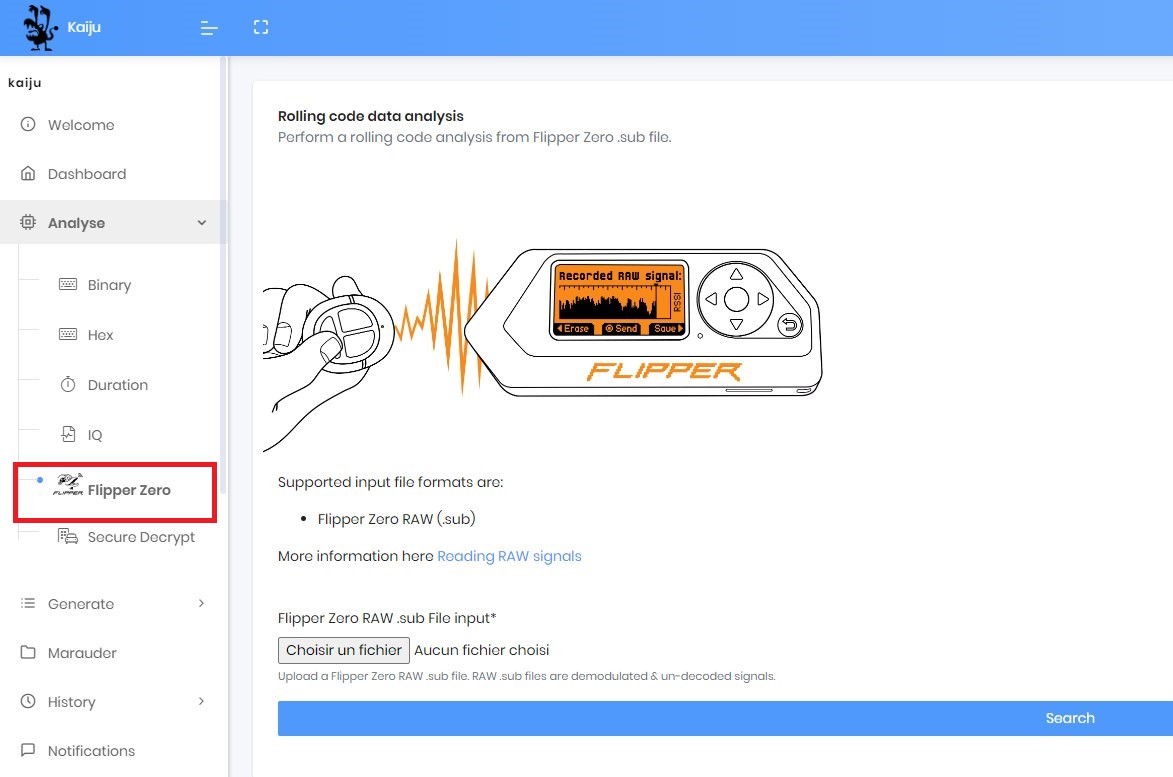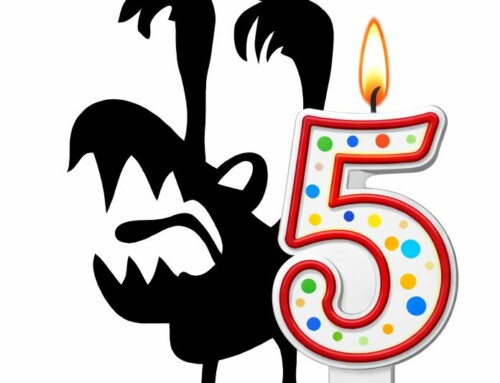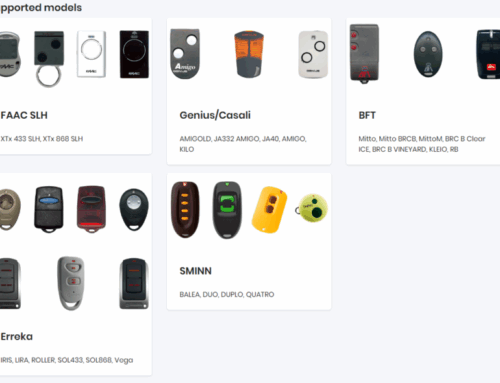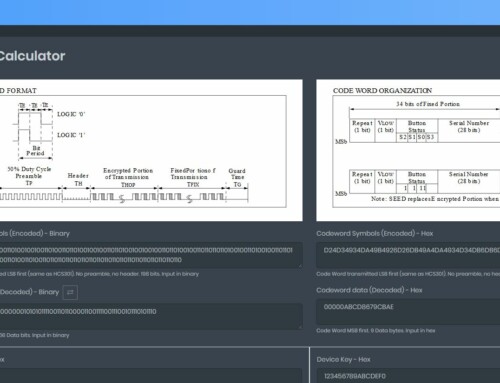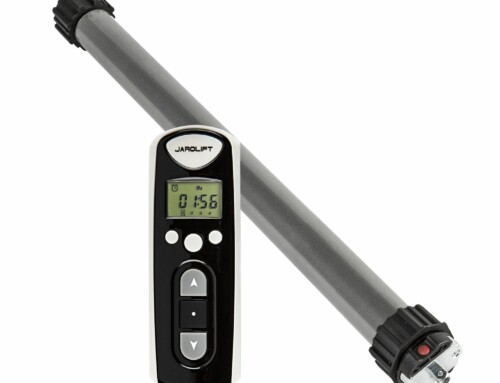As promised, Kaiju is now compatible with Flipper Zero Sub-GHz RAW .sub file format.
RAW signals are demodulated but un-decoded signals in the form of sequences of pulse width. Extension of Sub-GHz files is .sub.
You can now export a RAW signal captured with your Flipper Zero and export it to Kaiju for rolling code analysis & generation.
As of today (Sept 13rd, 2022) the input path (upload to Kaiju & analysis) is available & the rolling code generation into a RAW .sub file is ongoing.
Soon Kaiju will be able to generate .sub files that you can import into your Flipper Zero.
Kaiju also offers API support, IQ file support, RfCat Python script generation and much more…
For the curious, here is an explanation about the Flipper Zero RAW .sub file format.
This is a capture I have made for a Nice FloR rolling code remote:
Filetype: Flipper SubGhz RAW File
Version: 1
Frequency: 433920000 ==> Frequency in Hz
Preset: FuriHalSubGhzPresetOok270Async ==> modulation and deviation settings. Here OOK with 270KHz RX filter bandwitdh
Protocol: RAW ==> un-decoded file containing duration of pulses in µs
RAW_Data: -1038 487 -1044 511 -1010 1011 [remaining pulses omitted, 512 pulses are present for each line…]
RAW_Data: -1044 517 -1010 517 -521 [remaining pulses omitted, 512 pulses are present for each line…]
In the above file, we can see:
- some low pulses (negative duration) and high pulses (positive duration)
- low (negative) pulses: 521µs or 1038µs, 1044µs, 1010µs
- high (positive) pulses: 487µs, 511µs, 517µs, 1011µs
- all pulses are either around 500µs or 1000µs, so the minimum pulse width is 500µs, which equals to a 2000 bits/s data rate
So the data converted to a binary stream with a minimum bit length of 500µs (data rate= 2000 bits/s) is:
RAW_Data: 0010010011…
RAW_Data: 0010010…



